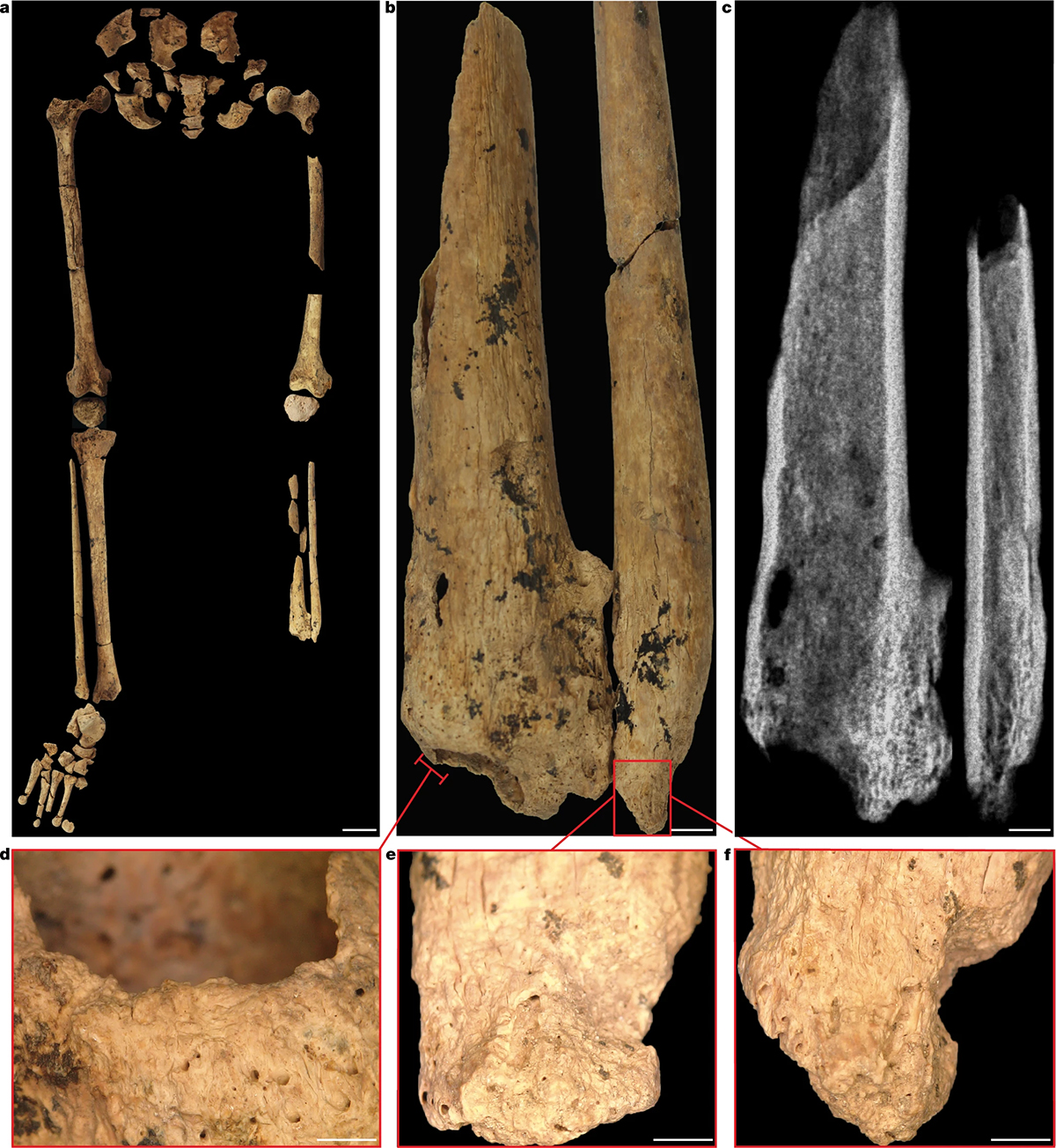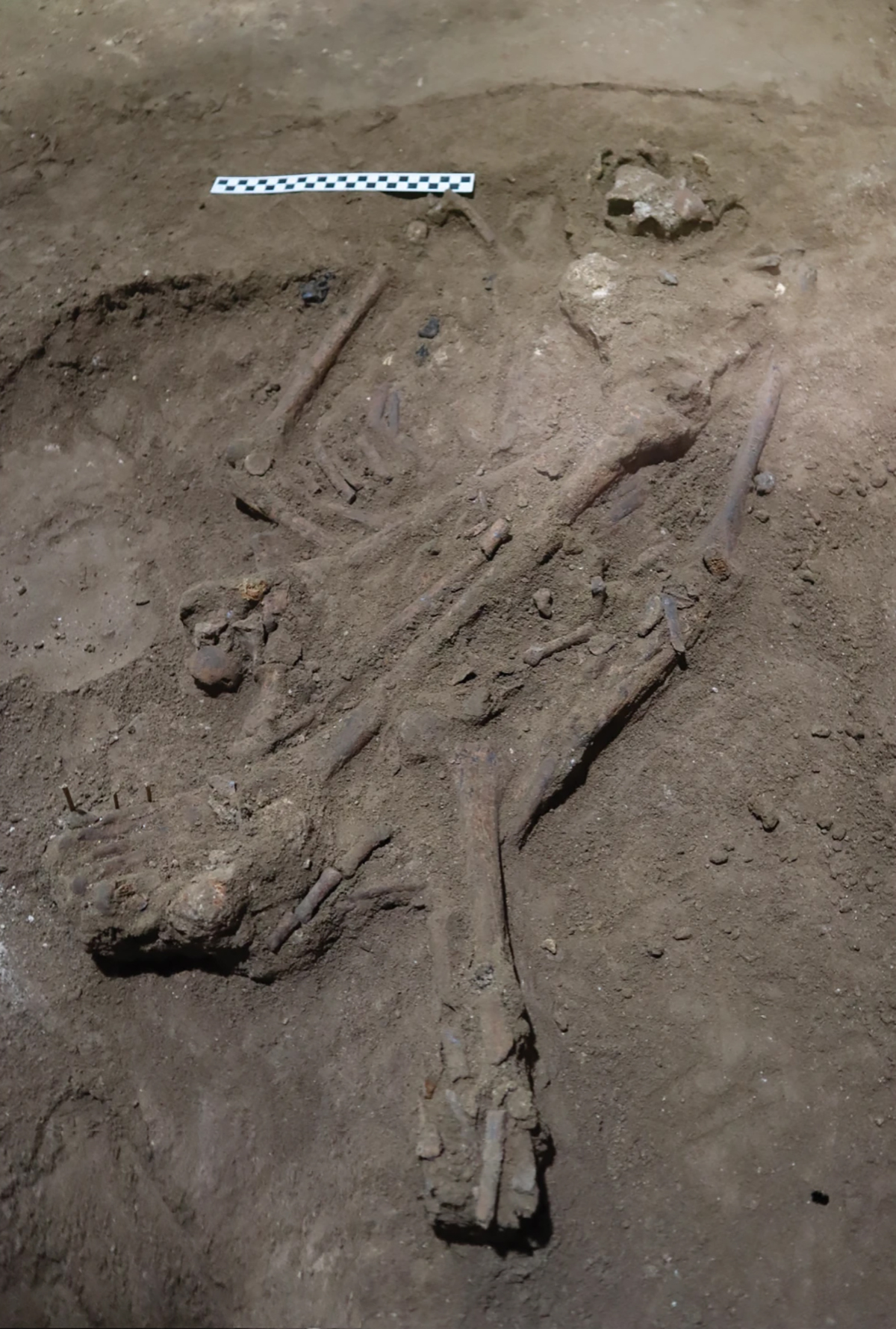Evidence of World’s Oldest Surgery Found in Borneo
There’s never been a discovery like it.
In Indonesian Borneo a new discovery has changed the way researchers see the archaeology of the area. Once thought to have been of little importance in the field, some of the oldest evidence of human culture has now been found on the island, which shares its landmass between 3 countries. The most recent find shows the successful amputation and aftercare treatment of an individual that predates the previous oldest amputation by 24,000 years!

The discovery was found in a limestone cave system. This area also houses the oldest known rock art which is dated to 40,000 years ago. While this region has been the location of several important discoveries they have been few in number until recently. In a revision of the status quo, many archaeologists are now collaborating more closely with local guides and authorities. In this case some of these locals are listed as co-authors in the first study of the ancient Borneo amputation.
The study was published in the September 2022 issue of the scientific journal, Nature. The burial was found in its own fill layer, surrounded by patches of intentionally-placed red ochre which most likely was part of ceremonial practice. The corpse was posed with the right leg up onto the chest and the left leg bent at the knee. Shells, stone artifacts, and other items were also found within the burial.

The individual in question, known as TB1, was around 19-20 years of age at the time of death. This was estimated in part since all but one of their wisdom teeth had grown in. Researchers were unable to determine the sex based on genetic testing. However, the height of the buried person suggests they were male.

The left leg had been amputated in a clean cut, a feat that was likely accomplished using stone tools. Researchers suspect the initial injury was due to a fall or accident, not an animal attack. An infection would have been much more likely if an animal had been involved.
The fill layer around the body, as well as tests on the remains themselves, show that the burial was completed between 31,519 and 30,437 years ago. Evidence from the remains indicates that TB1 lived for 6-9 years after the surgery was done, with signs of “bone remodeling” taking place during the healing that followed the operation. There was also no evidence of infection following the surgery. This indicates a very high level of care for the patient following their ordeal.
This type of care wasn’t always successful in preventing infection and death- even in more modern times. For this surgery to have been such a success at a time before metal instruments, germ theory, or standardized medications shows the dedication and knowledge the carers must have had.

In 2007 evidence of what was then the oldest known surgery was found in France, having been performed on the arm of a Neolithic farmer. That surgery was dated to around 7,000 years ago and at the time of its discovery redefined how researchers thought of these supposedly primitive people.
This most recent surgery discovery in Borneo shows that even far earlier into human history there were cases of advanced medical care that saved people’s lives. Not only that but, at least in this case, a culture of nursing care that ensured the patient survived.
SKM: below-content placeholderWhizzco for DOT

